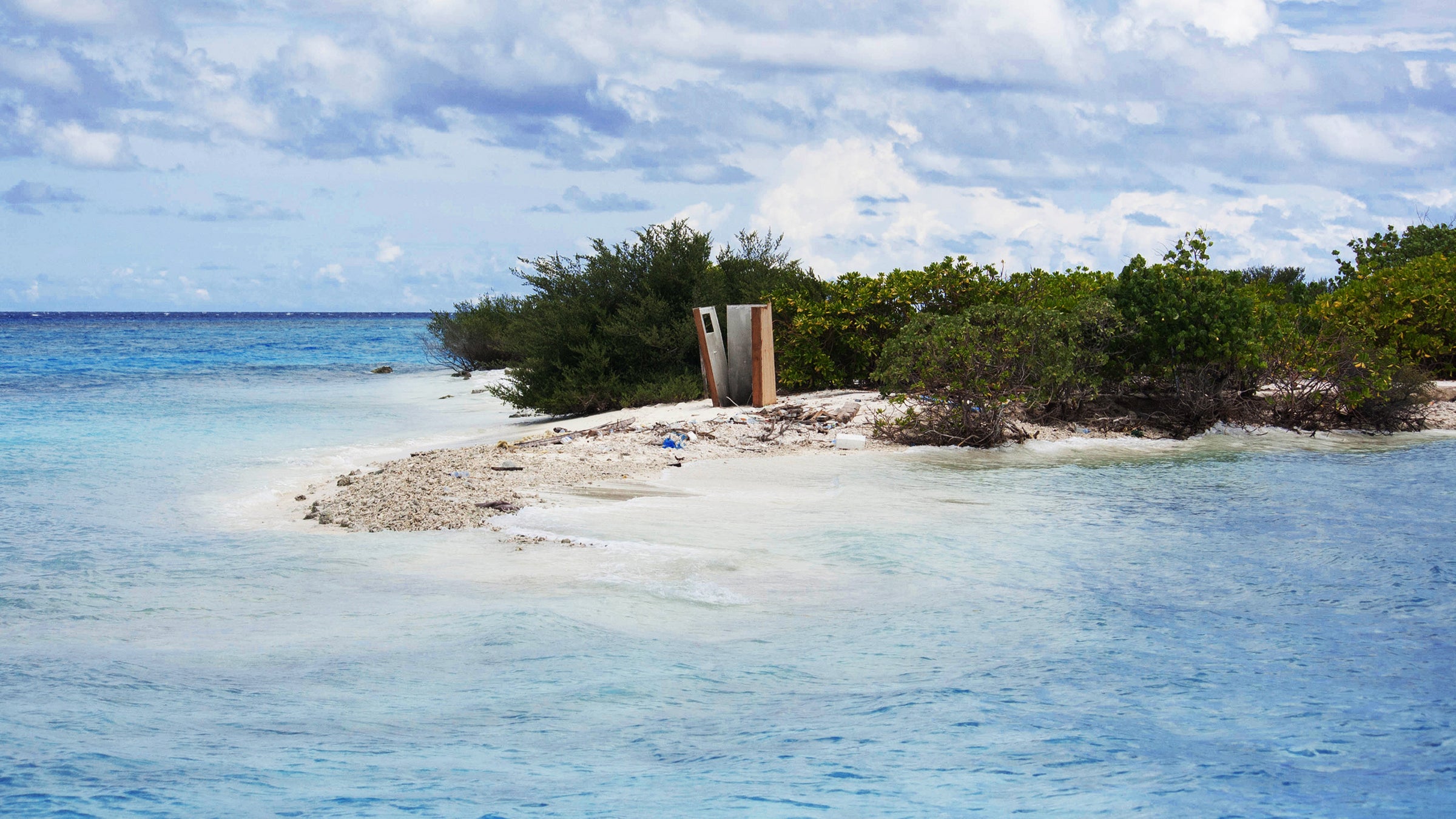Cape Canaveral, Florida
The Treasure: Upwards of $100 million in gold and jewels lost when 11 Spanish ships went down in a hurricane on July 30, 1715, off Florida's Atlantic coast.
Your Chances: Decent. Not only is this one a proven winner (it paid out to the tune of 60,000 gold and silver coins in the 1960s), but five of the 11 ships are still unaccounted for and probably lying within an easy day trip of your parents' retirement community.
Bronx, New York��
The Treasure:��$5 million in British gold sunk with the HMS Hussar—in��the East River, 50 yards offshore of East 138th Street—when it struck a rock during the 1780 British evacuation of New York.
Your Chances: Decent. That is, if you can get past the floating trash, acrid smell, and cement-shoed skeletons on the bottom.
Cocos Island, Costa Rica
The Treasure:��Cocos is thought to be home to no fewer than six buried treasures, chief among them the $125 million hoard that pirate captain Henry Morgan is said to have carried off to the island after sacking Panama City in 1671.
Your Chances: Long shot. There's probably been more money spent looking for the treasure to date than it's worth, and doing so without the required permits could land you an unwanted vacation in a Costa Rican jail.
Robinson Crusoe Island, Chile
The Treasure:��Spoils of the Spanish conquest of South America solid-gold Inca statues, barrels of gems, tons of gold and silver ingots were supposedly buried here in 1715 and could be worth up to $10 billion today.
Your Chances: Longer shot. Thus far, the island has defeated hundreds of scavengers far more talented��than you, including, in 2005, a sonar-equipped robot.
Michigan City, Indiana
The Treasure:��2,000 cases of Al Capone's whiskey, supposedly hidden in a cave along the shores of Lake Michigan by his henchmen.
Your Chances: Worth a try. The relatively low monetary value on this one $300,000 or so means fewer people have come looking. And just think: You could break out a bottle from Capone's private stash at your next party.


